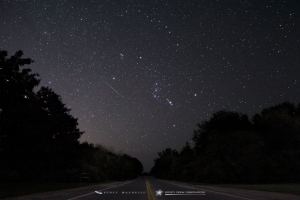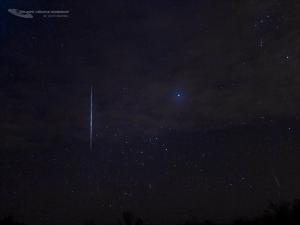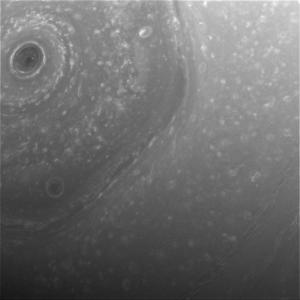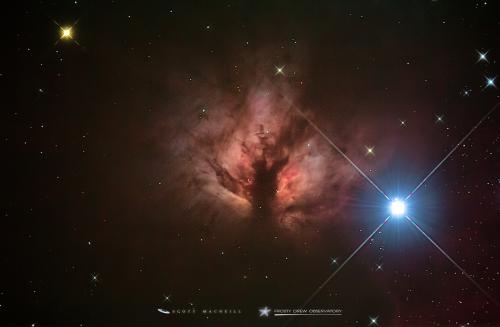
Stargazing Nights
- Where:
- Frosty Drew Observatory
- When:
- Friday December 9, 2016 at 6:00 p.m.
- Cost:
- $1 Suggested Donation per Person
Tonight is Stargazing Night at Frosty Drew Observatory and again, forecasts look awesome! We can expect a quick bout of partly cloudy conditions to clear in the early evening, followed by clear skies. Tonight’s concerns lie with the cold temps and the wind, which could bring gusts into the sub 30 mph range. Temps in the 20’s coupled with a constant 8 mph wind will make it COLD! We also have a Moon tonight, the 75% waxing gibbous will be with us at sunset and stick around until about 2:30 a.m. Though the Moon will offer up fabulous views of the vast lunar surface, it will also substantially brighten up the sky, making most nebulae and star clusters beyond our view. Though clear skies is what we want and tonight we are setup for awesome!
We will open the Observatory and Sky Theatre at 6:00 p.m. In the Observatory, telescopes will showcase an evening view of Venus, if the quick bout of clouds clear out early enough. Once Venus moves out of view, the stunning waxing gibbous Moon will be our next target. As the night progresses, binary stars, and the Orion Nebula will rock our views. The Sky Theatre will feature warm temps and needed escapes from the cold temps of the night along side our popular showcase of celestial objects photographed at Frosty Drew Observatory. We will stay open until 11:30 p.m. at the earliest and will post a “Closing up” message to our Twitter (@FrostyDrewOBSY) and Facebook when we decide to pack it up.
Overall, tonight will be a great night if the Moon is your digs. Otherwise, bright moonlight will block out all but the brightest objects in the sky. If conditions are good enough and we stretch it out past the 2:30 a.m. moonset, we could see an amazing starscape. It’s important to note how cold it will be tonight. Temps will be in the 20’s for most of the night and the 4-8 mph winds will be steady. These conditions could make a dangerous combination if you are not properly dressed! We wrote an article on how to outlast cold New England nights, read it!. Be safe! Now gear up and get out for a night with clear skies, the Moon, and more at Frosty Drew.
-------------------------------------------------------------------------
Weekly Happenings
Scott MacNeill
On December 4th, the fabulous Geminid Meteor Shower kicked in. Hands down the best meteor shower of the year, the Geminid shower will reach peak conditions overnight on Tuesday, December 13-14th, making for dozens of meteors per hour in a fabulous display of shooting stars. Geminid meteors are pieces of debris left behind by an extinct comet, called 3200 Phaethon. Extinct comets are asteroid-like objects that were once comets that have depleted their supply of ice due to repeated close encounters with the Sun. As Earth orbits through 3200 Phatheon’s debris field, dust and small particles enter Earth’s atmosphere at 78,000 mph and burn up. The debris field is quite intense and the shower keeps getting better. Unfortunately, the full Moon will accompany this year’s shower and will obscure all but the brightest meteors. Though the Geminid shower is so active that dozens of meteors per hour will still be visible, even under the bright Moon. Set out around 9:00 p.m. to a spot with a wide open view of the sky, put down a blanket and lay on your back with your feet to the East. Once in position, comfortably watch the zenith (top of the sky) to catch meteors blazing by, radiating from the constellation Gemini. This is not a meteor shower to miss! So dress warm, bring out some tasty eats and a cup of toasty comfy happiness and add some more lights to your holiday crazy with the stunning Geminid Meteor Shower.
"This is it, the beginning of the end of our historic exploration of Saturn." said Carolyn Porco, the Cassini mission imaging team lead, when viewing the latest images of Saturn’s north polar region on December 4th. The Cassini mission, which has been orbiting the Saturn system for the past 12.5 years, is no doubt one of the most successful and known solar system exploration missions. Cassini has sent back unbelievable images of Saturn and its moons, massive amounts of science data and discoveries – including a subsurface ocean on Enceladus, methane lakes on Titan; and our first ever up-close view of Saturn’s amazing rings. But the awesomeness couldn’t last forever, and the fabled mission at Saturn is coming to an end. On November 30th, Cassini began the second-to-last phase of its mission, called the Ring-Grazing Orbits. This phase will take the Cassini spacecraft skimming along the edge of Saturn’s rings. Involving 20 week-long orbits, each taking Cassini over the northern hemisphere then past the outer edge of the planet’s main rings. These orbits will bring some of the closest views to date of the outer rings and the small moons that reside there. This phase will continue until April 22, 2017, when the spacecraft will perform its last close fly-by of Titan, Saturn’s largest moon. This last encounter with Titan will alter Cassini’s orbit, putting the spacecraft into its final mission phase - 22 plunges through the space between Saturn and its innermost ring. On September 15, 2017, Cassini will complete its exploration of Saturn as it dives into Saturn’s atmosphere and burns up. A spectacular end to an awesome mission. Follow along with the last missions of Cassini and take a moment to think on the amazing things we can do!
This past weekend at Frosty Drew Observatory, we had fantastically clear skies and nearly no Moon to speak of. This gave us a much needed chance to get out and image the cosmos. Overnight Saturday night into Sunday we captured this fabulous view of NGC 2024 -The Flame Nebula:
The Flame is found just to the left of Alnitak, the bright left star in Orion’s Belt, and resides at about 1,400 light years distant. The nebula is made up of hydrogen gas that is being ionized by intense ultraviolet radiation coming from Alnitak. Inside the nebula is a cluster of about 800 young stars. The Flame will be on display at Frosty Drew Observatory during the winter months on the clearest and darkest nights.
-Scott



